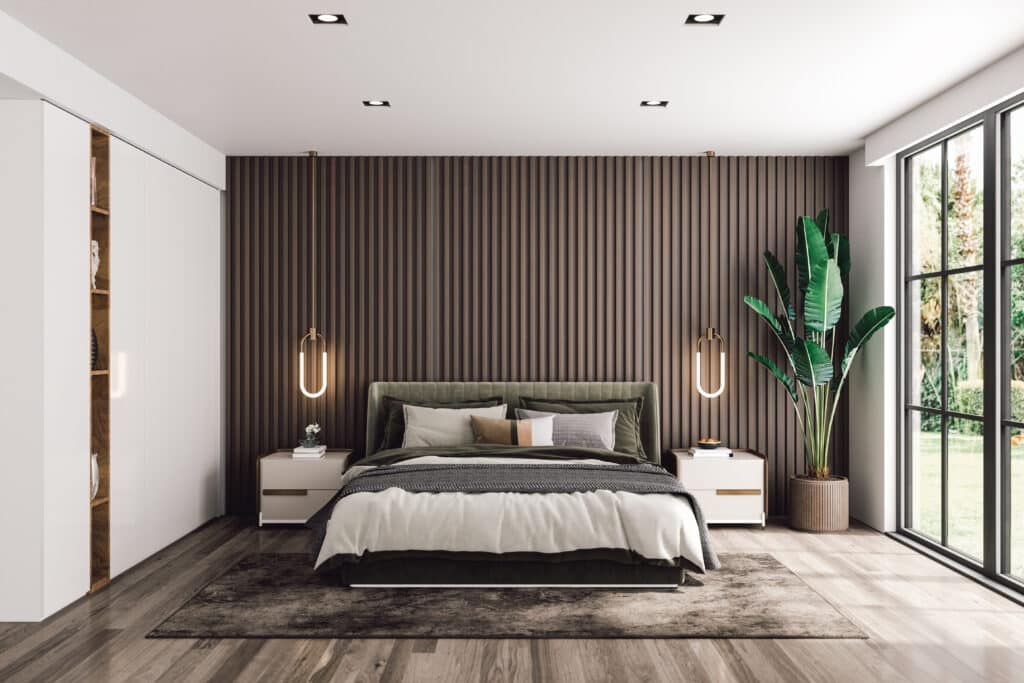Create a cozy comfort or a dramatic impact with natural lighting and declaration accessories.
The way it ignites a house can make or break the general aspect of its project, but with so many factors at stake in each project, it is easy to see how this crucial component can be ignored.
In a nutshell, lighting is doing something visible or brilliant when shining with him. The sun, lamps, etc. They can serve as light sources. The application of the following simple lighting tips will pay off at the end.

TESTIFY
There are thousands of lighting accessories to choose from, do not be afraid to make a bold statement. Keep in mind, however, because the lamps are an element of the design of a house, they need to complement the style of a home, create a desirable environment and support specific tasks. The works of art, the chimneys and even the accent walls painted strategically can benefit from being adequately illuminated, for example. Place a wall reading light on the head of a bed frame or focus a large spider lamp in the middle of a large room, primary bedroom or bathroom will help create interest or drama depending on the sensation you want to achieve.
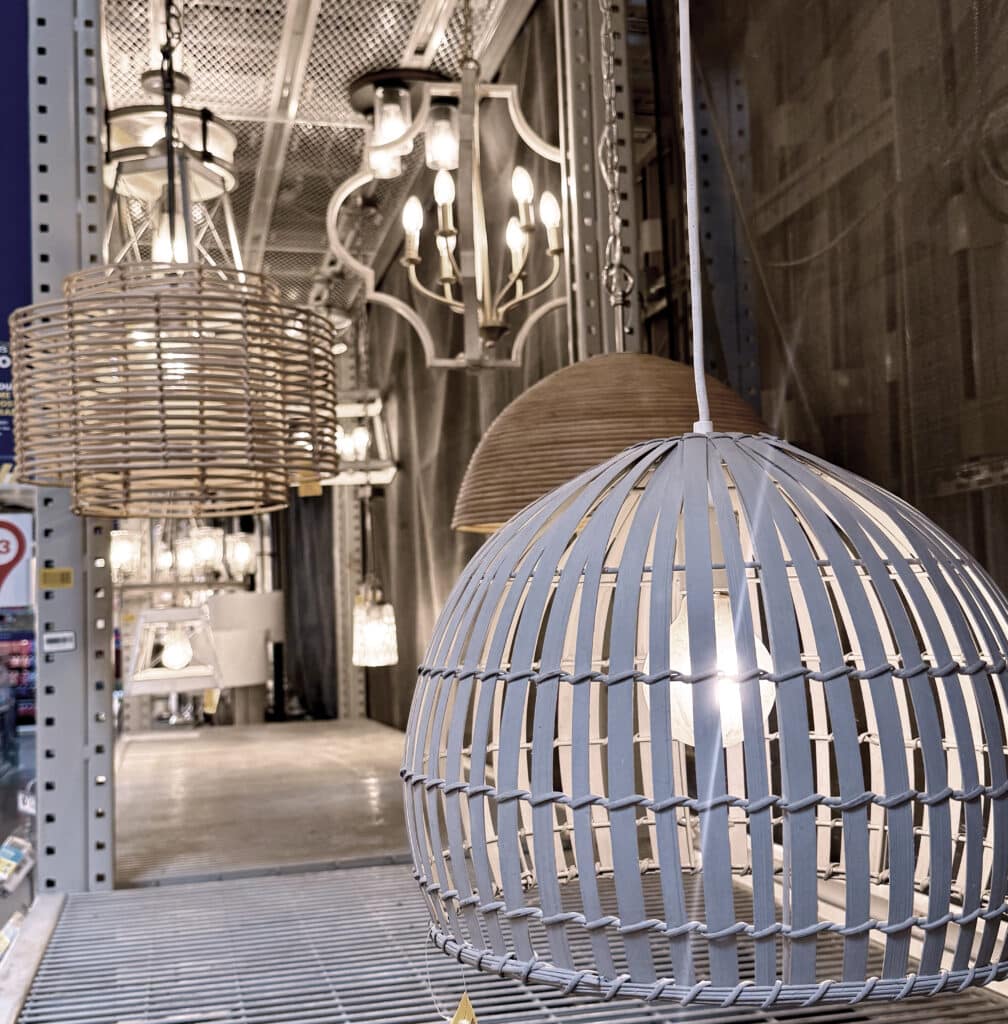
Lighting at different levels
Gone are the days when the rooms had a single lamp. Yeah, Most rooms still have a hanging lamp, but strategically add wall lights and lights can, for example, can create interest and force the eye to advance a space.
The lighting at various levels or angles (often called lighting “in layers”) creates a balanced space, adding warmth and functionality to any room. The lighting typically in layers is achieved using a combination of environmental lighting, task and accent.
Because a house must live more than you should look at, it is important not to concentrate too much on environmental light. Environmental lighting is the main source of lighting in a room, creating general lighting. Focusing too much on this type of lighting results in “dead corners” that the light does not reach. Do not illuminate these corners subtract from the aesthetics of your room and even functionality.
One way to avoid dead corners is to add lighting near the walls, allowing that light to spill next to the wall itself. The lights can also give the room a feeling of depth, since it takes away the dead corners. Also known as “built -in lighting” or “lights below”, canned lights are installed at the ceiling.
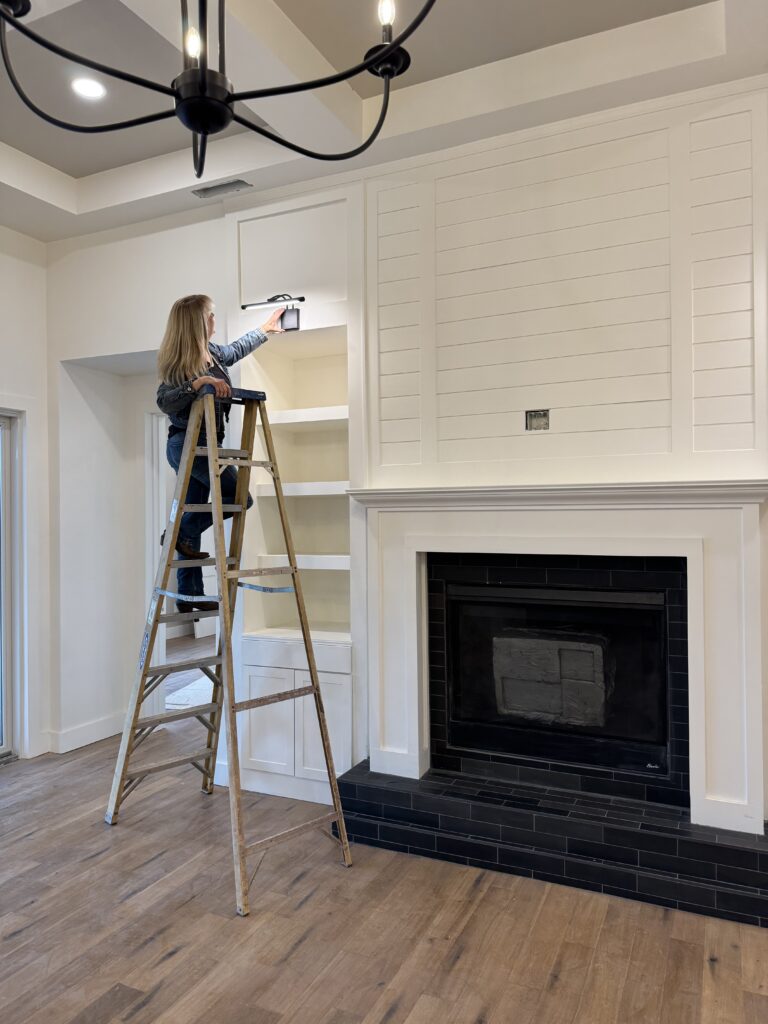
Height considerations
The height to which its lamps hangs affects the general appearance of a room. The pendant lighting, for example, is a “go” for the lighting of the island of the kitchen. But they are effective only if the pendants hang at the right height. Hanging them too low can create situations in which you are forced to work around you or try to see around you. On the other hand, hanging them too high will make them less notable and less effective as a light source for the island.
There are sets of rules to follow when it comes to hanging lights for each room. You can find most of these standards searching online.
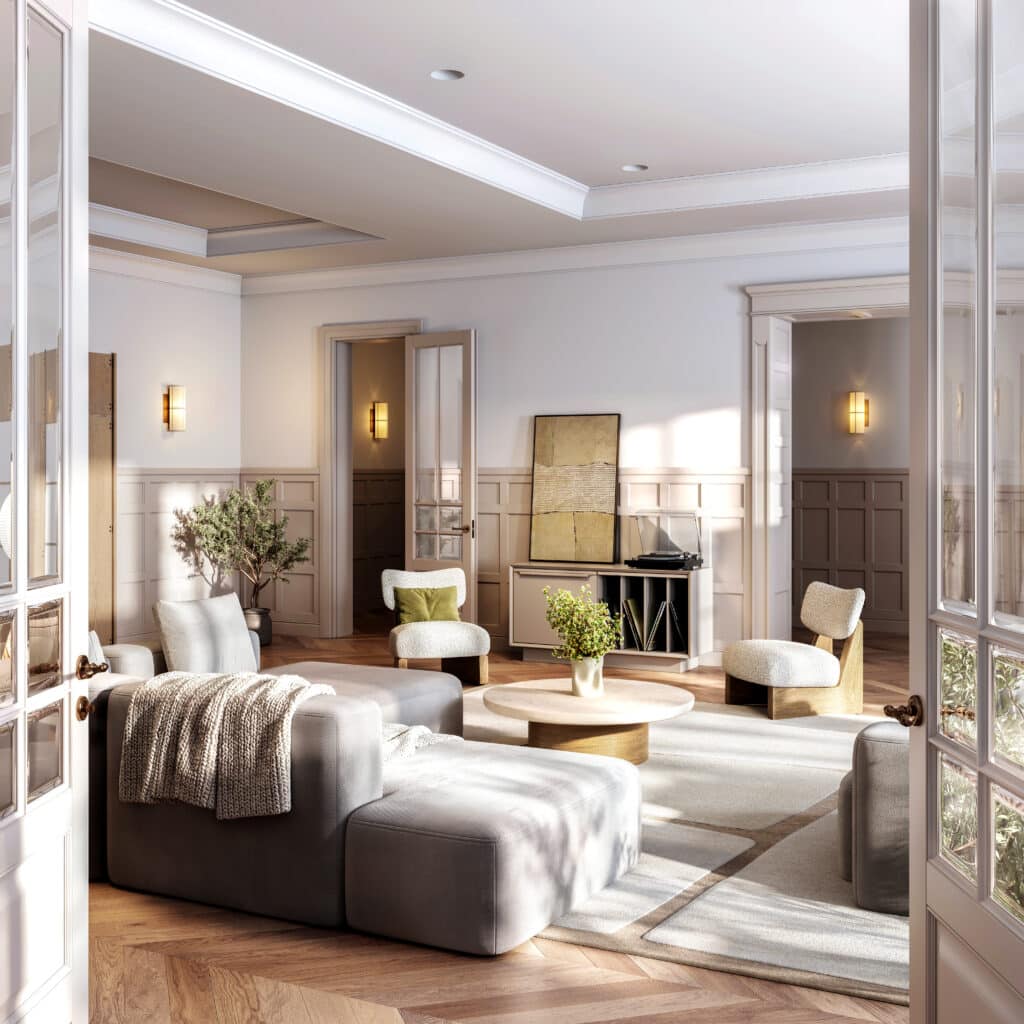
Color and intensity
An area that most do not pay much attention is the intensity of a light and its color. The bulbs come in fresh and warm colors, and the color that chooses for each room affects how the room feels.
Cold color bulbs tend to be more stimulating, making them good for rooms that require a high concentration of light (for example, offices, mud rooms, laundries and other rooms oriented to tasks), rooms where clarity, concentration and alert state are important.
The coldest lighting tends to be more modern, offering a clean and elegant appearance. The coldest lights also deceive your mind so that the room feels cooler, so more houses in warmer customers use colder bulbs to illuminate their homes. In addition, a colder bulb gives the room paint color a more blue/gray sensation, so choose the paint colors taking into account the color of the bulb you will use.
The warm color bulbs are suitable for rooms where you want to feel relaxed (for example, excellent rooms, dining rooms, rooms). They provide a soft and cozy brightness, creating a cozy and comfortable atmosphere. These bulbs are preferred for most residential projects because they give an interior a more intimate and cozy sensation. Warm lighting also helps create conversation and stimulates appetite, which makes it the appropriate lighting for any kitchen.
Since the warmest color bulbs emit a more yellow/orange tone, they will improve but will also intensify colors with yellow nuances. This lighting is a great option for interiors that have a lot of carpentry: it makes the wood feel warmer and more rich.
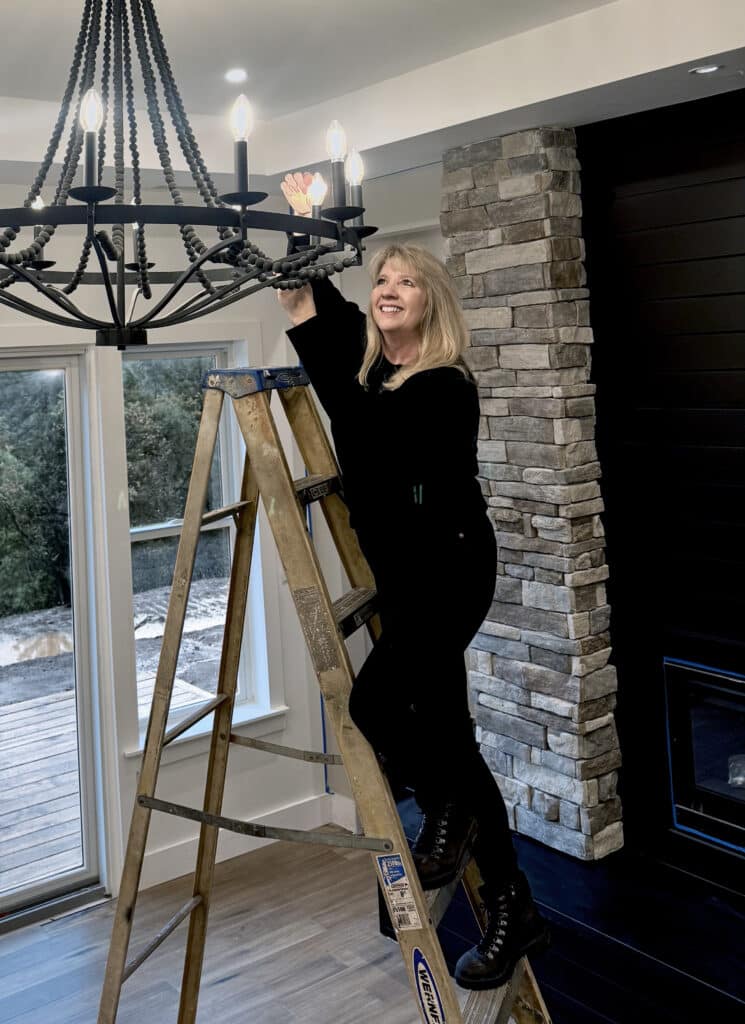
Buy lights for a purpose
Try not to buy light accessories just because you like how they look in the store. Lighting has a purpose: to illuminate areas, not only for aesthetic purposes. Of course, we want beautiful lamps, and how they work and serve a room to get their beauty.
Although the lamps you use in your house should be purchased to give the house a “cohesion” feeling, each accessory must be selected to improve the room in which it will be used. It is vitally important to understand the use of each room while making these selections. For example, given the tendency towards more open floor planes, keep your choice interesting using different forms and scale but still choosing accessories that work together.
Better than average
Make the rooms fun and interesting thinking outside their average range or wall light. Adding attenuators to can or hanging lights can help you control the amount of light in a room. For example, you can change the mood of a room simply attenuating the lights. Or, you can use foci to accentuate certain design elements, light an accent wall or highlight works of art. Consider using the museum lighting to highlight works of art or even to accentuate a shelf.
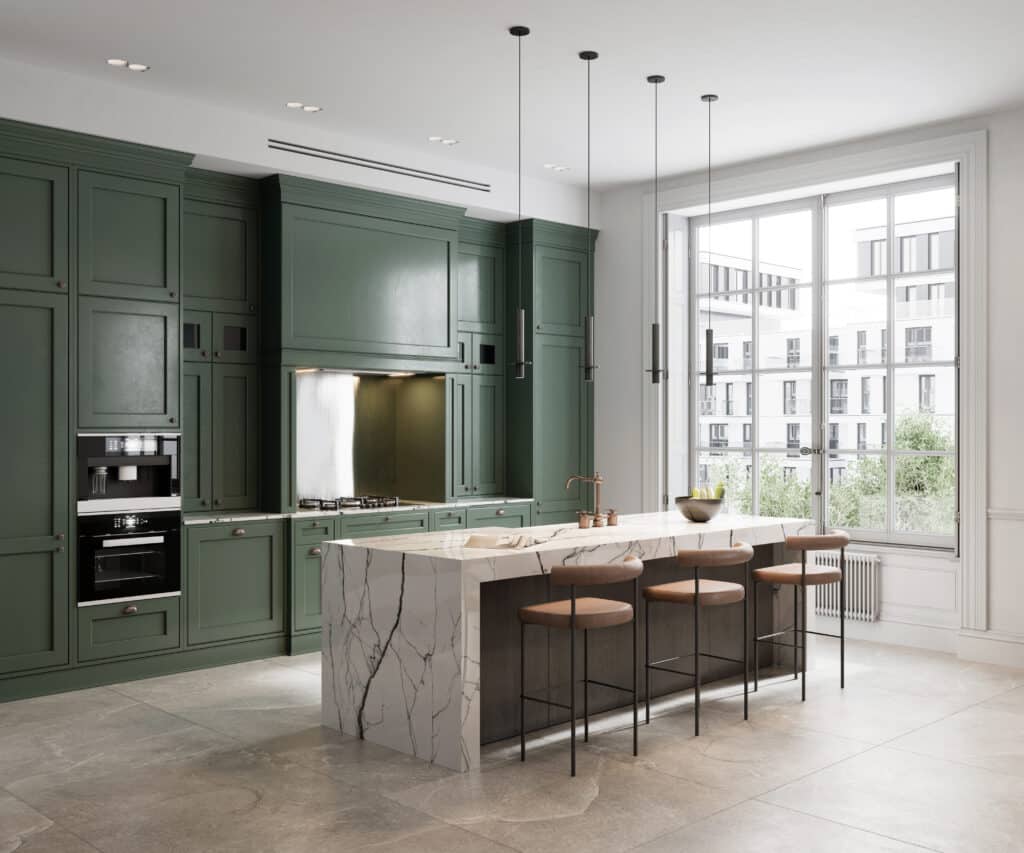
Natural sunlight
It's hard to talk about illuminating a room without shouting in the sun. If you want to invigorate a room, focus on getting more sunlight in the room. Sun light makes a space look fresh and helps him feel warm and cozy. There are several ways to add natural sunlight to your next project.
Add more windows. If possible, add more windows. Consider maximizing the size of each window to catch more sun rays.
Window placement. Place the windows strategically to capture the greatest sunlight throughout the day. Before making the purchase of your window, observe where the sun hits each room during the day.
Glass doors. Adding glass doors can have a great impact within any interior. Or consider changing the existing solid wood doors for glass. Patios, balconies and covers shout by glass doors: glass makes the areas more interesting and cozy for potential buyers. In addition, when adding glass doors, invites abroad and vice versa.
Also consider adding stern windows on the door if the ceiling height allows it. Add more glass for even more natural lighting!
Skylights/Sun Tubes. The skylights and solar tubes do not work well in all houses. Using them can make your project feel old and outdated. They can also cause problems over time with the leak because they are installed on the roof. However, if they are their only means to obtain natural sunlight inside a project, use it. Natural sunlight is important for humans, plants and animals, so it is essential to use any means to bring it.
Reflecting and amplifying the light
Many interior surfaces help reflect and amplify the light. For example, the use of metal accents and bright finishes, such as polished countertops, moves sunlight around the room.
The light color floor reflects the sunlight instead of absorbing it as the darkest floors will do. Also consider strategically placing mirrors in the rooms and in front of the windows to reflect the light around the room.
The lighter paintings help reflect the light instead of absorbing it. Even the brightness of the paint helps to reflect or restrict the sunlight of moving around a room. In addition, use transparent or at least light windows treatments. Heavy curtains get the lives of any room by preventing much of the sunlight from passing. And do not forget that keeping the windows clear and clean of any type of dirt or debris allows more light to be passed.
You should not consider the lighting of a room as something that only has to be done. Think about it as the fun part of your project that can and improve the general aspect of your project if you dedicate time and effort. Be creative with your focus to illuminate your next project, you can surprise us!
(Tagstotranslate) Design

